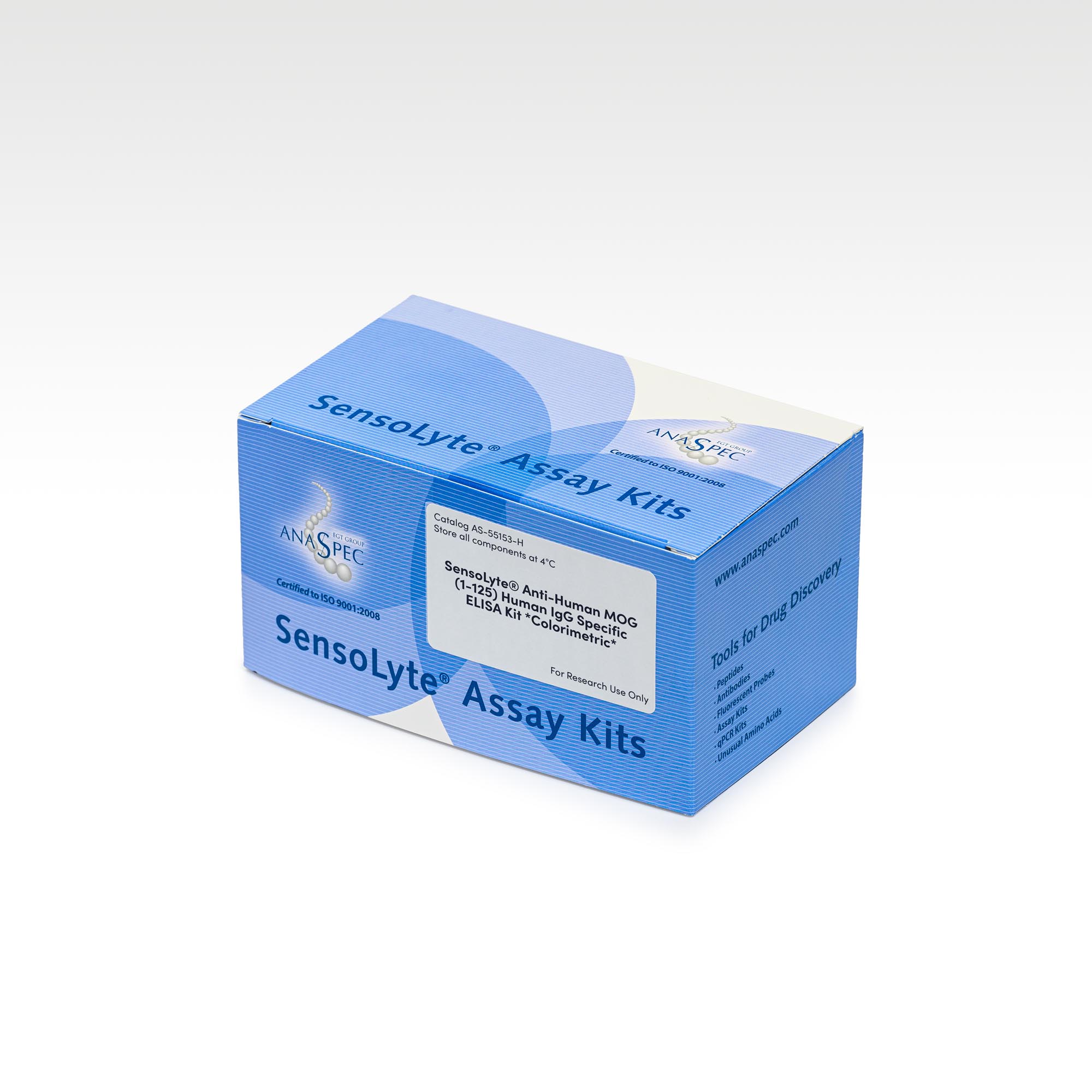

2 There is no known unique radiographic pattern for MOG, but leptomeningeal enhancement, thalamic lesions, pontine lesions, deep white matter lesions, tumefactive, poorly defined lesions, and cortical lesions were more common in MOGAD than NMOSD or non-MOG antibody cases.
Mog antibody testing plus#
Longitudinally extensive lesions were seen in 84.4% of patients with isolated myelitis and 55.6% of patients with myelitis plus optic neuritis at MOGAD presentation. In general, older patients are more likely to present with optic neuritis and younger patients are more likely to present with encephalomyelitis.Ī: In patients that present with an isolated myelitis many have a longitudinally extensive lesions (≥3 contiguous vertebral segments). 1 Other presentations include brainstem syndrome and short segment transverse myelitis. Seizures can also occur in the context of MOGAD associated ADEM presentations and occur at varying rates. ADEM can present with typical symptoms of encephalitis including decreased consciousness, headache, and behavioral changes. 2 The associated optic neuritis can be unilateral or bilateral.Īnother common presentation is that of acute disseminated encephalomyelitis (ADEM). In one adult clinical cohort study the combination of optic nerve, spinal cord, or a combination accounted for >90% of cases. One of the most common presentations is similar to neuromyelitis spectrum disorder (NMOSD) with recurrent optic neuritis, transverse myelitis, or both. MOG IgG associated disorders are generally regarded as a non-familial disease.Ī: MOGAD have several clinical presentations. Recent studies show an equal prevalence in males and females. The typical age of onset is in the 20-30s, but it can occur in both pediatric and older patents. Pathologically NMOSD is classified as am astrocytopathy, while MOGAD are classified as oligodendrogliopathies.Ī: The exact incidence and prevalence of MOGASD is not known. MOGAD were initially identified in NMOSD antibody negative patients. MOGAD have many similarities to neuromyelitis optica but several studies have demonstrated they have unique clinical features, treatment response, and prognosis. MOG antibodies were originally thought to be involved in multiple sclerosis (MS), but subsequent studies found it to be a distinct disease. MOG is a glycoprotein uniquely expressed in oligodendrocytes in the CNS. Q: What is myelin oligodendrocyte glycoprotein antibody disease?Ī: Myelin oligodendrocyte glycoprotein antibody disorders (MOGAD) is an idiopathic, inflammatory, demyelinating disease of the central nervous system (CNS). Myelin Oligodendrocyte Glycoprotein Antibody Disorders


 0 kommentar(er)
0 kommentar(er)
